November 18, 2024
Top 10 Temples in Varanasi
CM Content Team

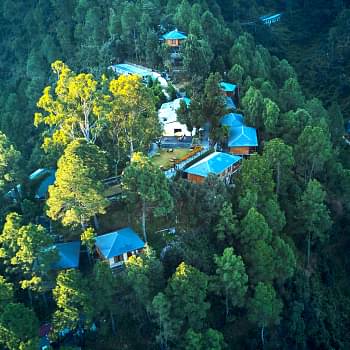
View all
140+
Resorts
November 18, 2024
CM Content Team
Varanasi, also known as Banaras or Kashi, is one of the oldest and most spiritual cities in the world. Nestled on the banks of the sacred River Ganges, it holds a unique place in the hearts of Hindu devotees and travellers alike. Known for its bustling ghats, intricate alleys, and serene spiritual aura, Varanasi is also home to countless temples that add to its mystical charm. Each temple in Varanasi has its own history, mythology, and architectural significance, making the city a major pilgrimage destination. From the famous Kashi Vishwanath Temple to lesser-known yet equally enchanting temples, a visit to these sacred sites offers an unforgettable experience of devotion, culture, and tradition.
Embark on a divine journey to explore the top temples in Varanasi and immerse yourself in the timeless essence of this holy city.
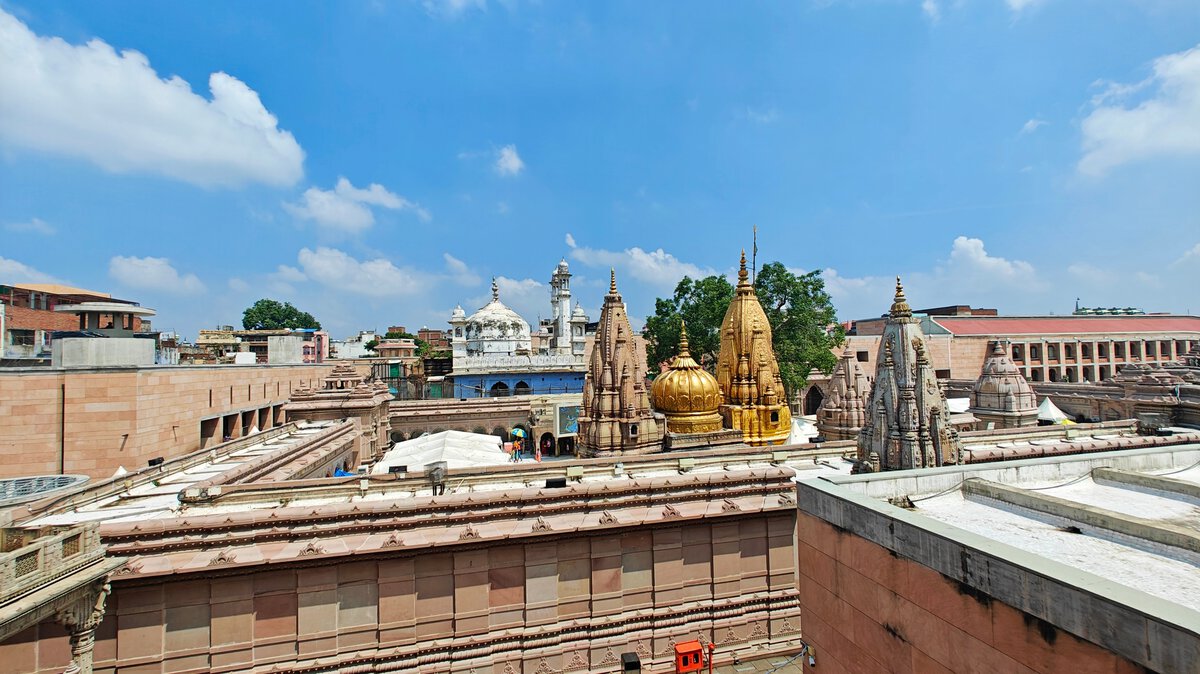
The Kashi Vishwanath Temple stands as one of the most revered and iconic temples in Varanasi, often regarded as the spiritual core of this ancient city. Dedicated to Lord Shiva, it is among the twelve Jyotirlingas—the holiest shrines of Shiva in India. This temple, with its majestic golden spires and bustling atmosphere, draws millions of devotees each year who come to experience its divine energy and seek blessings.
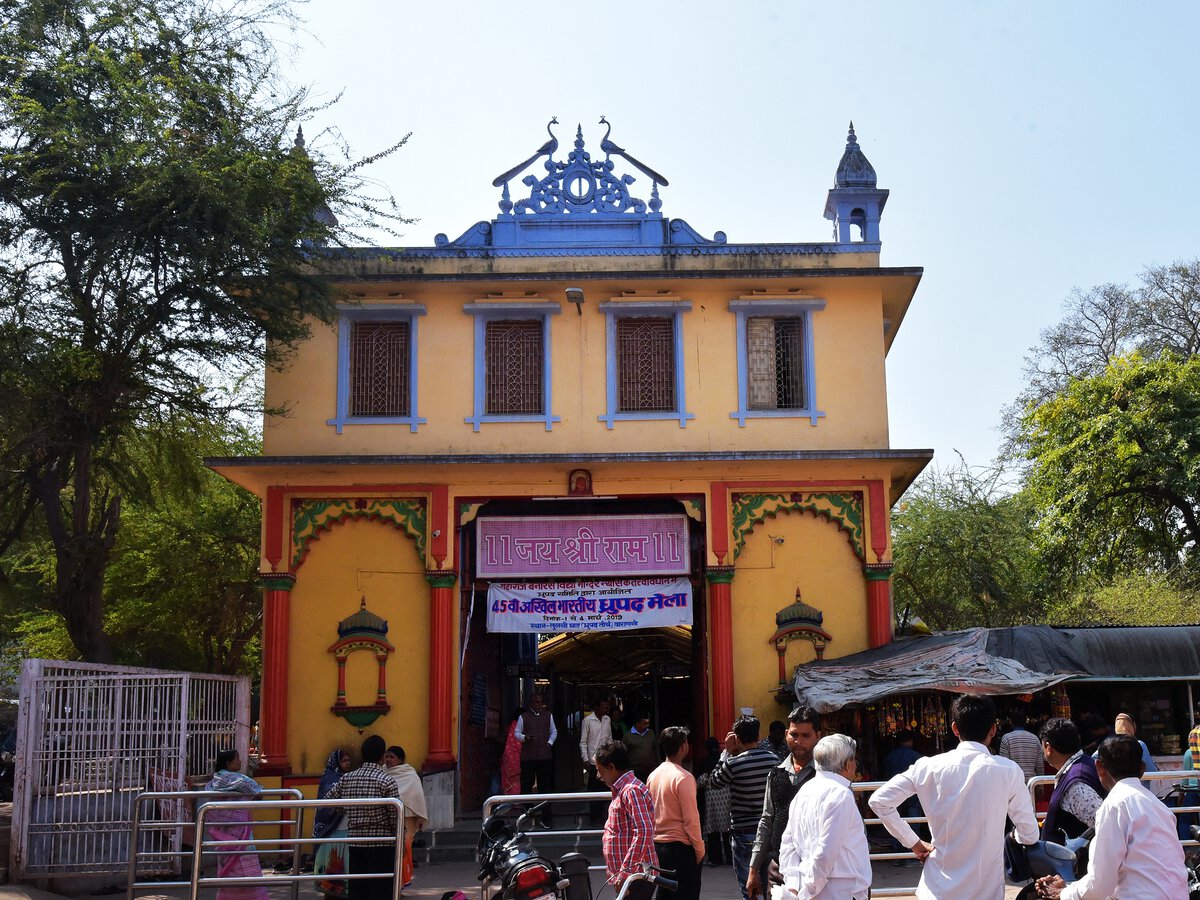
The Sankat Mochan Mandir in Varanasi is one of the most famous temples in Varanasi dedicated to Lord Hanuman, known as the "Sankat Mochan" or the "Remover of Obstacles." This revered temple is a sanctuary for devotees seeking strength, courage, and relief from life’s troubles. Set amidst the serene surroundings near the Assi River, Sankat Mochan Mandir holds a special place in the hearts of locals and pilgrims alike, offering a peaceful retreat from the bustling city.
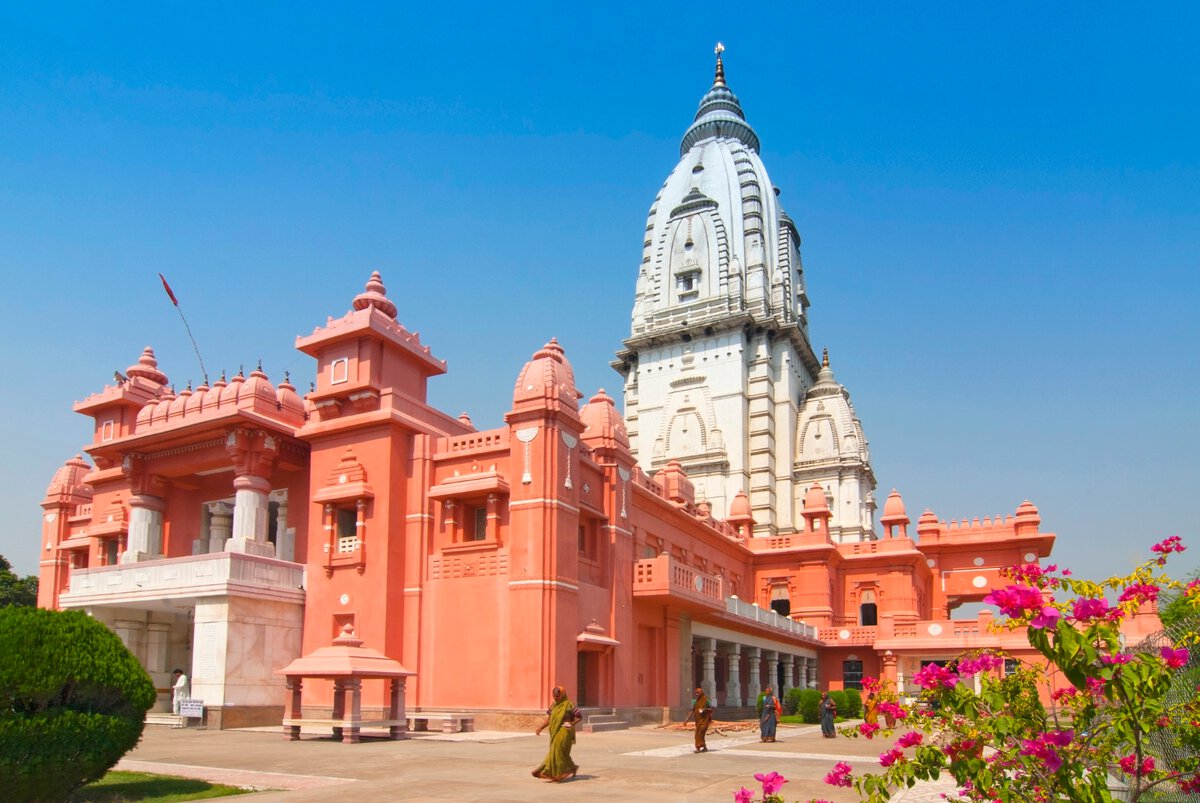
The New Vishwanath Temple, also known as Birla Temple, is a striking blend of modern architecture and spiritual devotion, located on the serene campus of Banaras Hindu University (BHU). Inspired by the original Kashi Vishwanath Temple, it was constructed to offer devotees and students a peaceful and grand space to worship without the hustle of the old city. With its impressive white marble structure and tranquil surroundings, this temple in Varanasi attracts both pilgrims and visitors looking to experience Varanasi’s spiritual energy in a calm, contemplative environment.
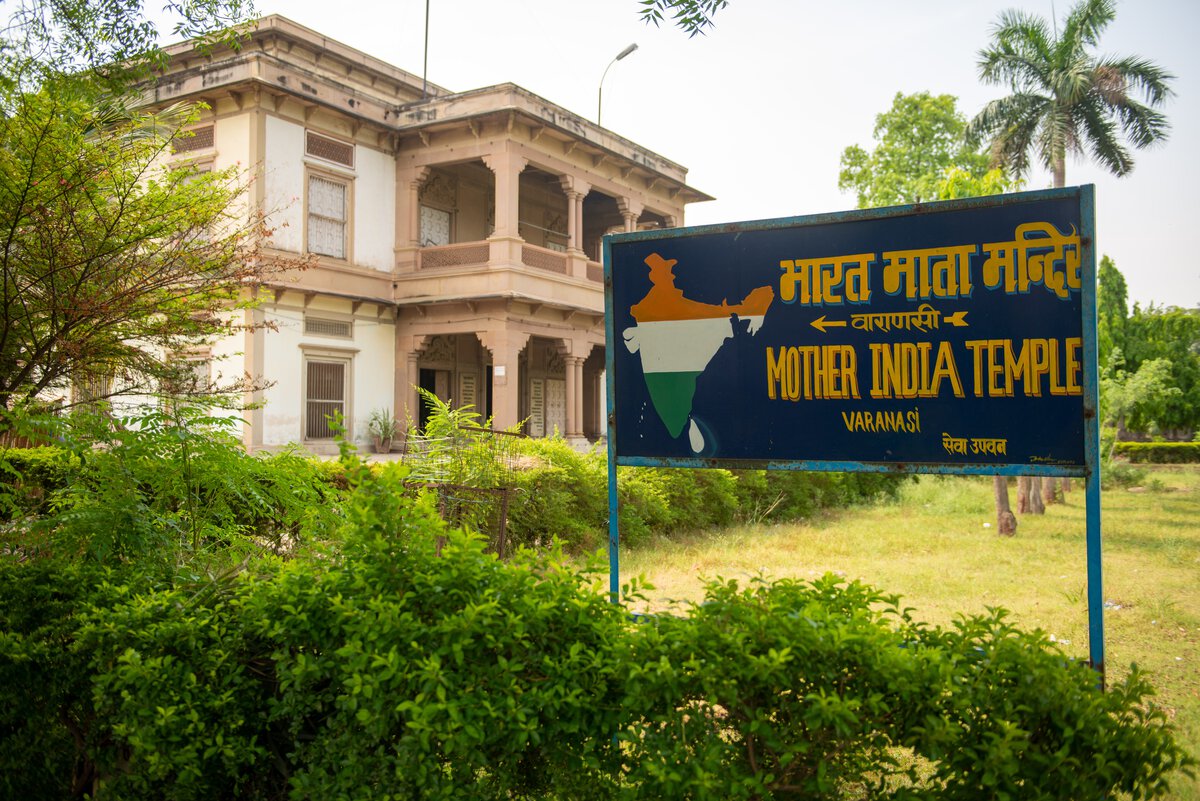
Bharat Mata Mandir in Varanasi stands out among the city’s temples for its dedication not to a deity, but to the country itself. This unique temple is dedicated to Bharat Mata, or "Mother India," and celebrates the unity and diversity of the nation. Unlike traditional temples in Varanasi, Bharat Mata Mandir houses a striking marble relief map of India, representing the country’s geographical and cultural heritage. Situated near the Mahatma Gandhi Kashi Vidyapith campus, it attracts patriots, historians, and spiritual seekers alike.
This Banaras temple is an inspiring homage to India's natural beauty and historical journey, making it a must-visit for anyone interested in the cultural and patriotic landmarks among the temples in Varanasi.
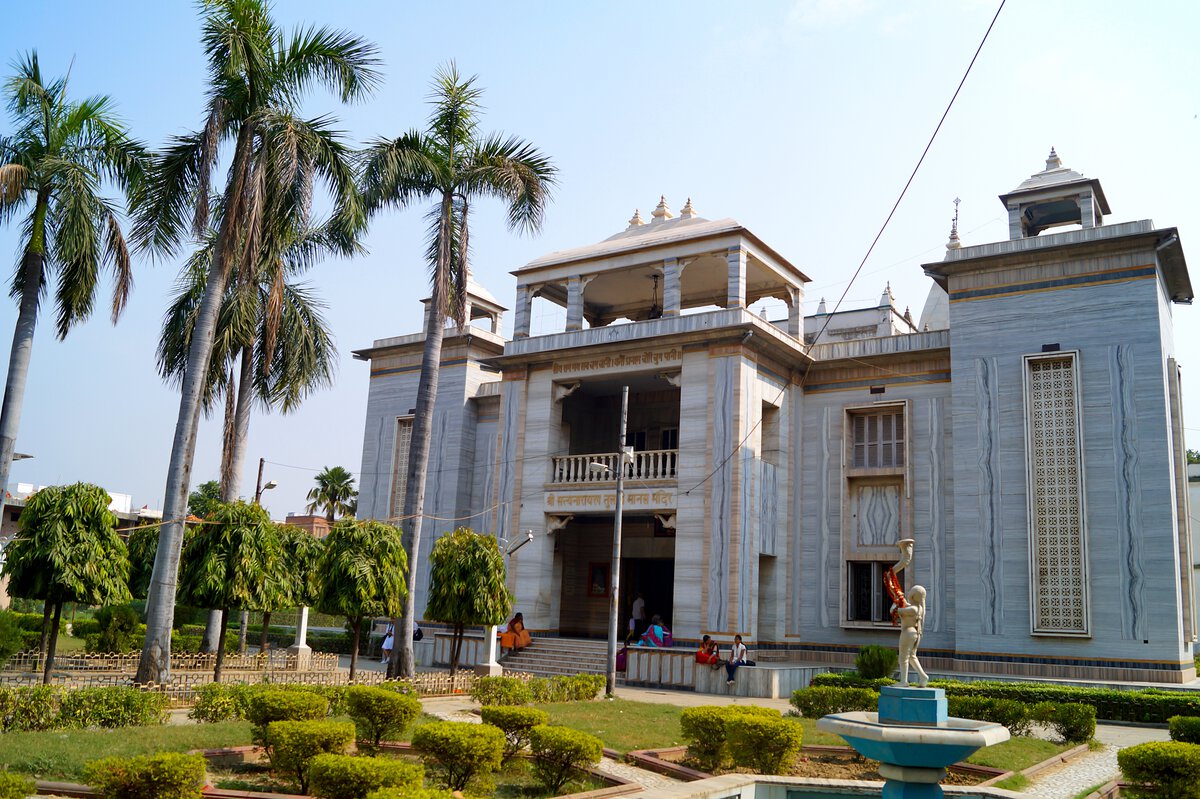
The Tulsi Manas Temple is a revered mandir in Varanasi, dedicated to Lord Rama and closely associated with the poet-saint Tulsidas, who composed the Ramcharitmanas here. This temple, constructed in white marble, exudes a peaceful and spiritual atmosphere, celebrating the life and teachings of Lord Rama. Located near the Durga Kund, the Tulsi Manas Temple attracts devotees and literary enthusiasts alike, as it enshrines the values of devotion, courage, and righteousness depicted in Tulsidas' famous work.
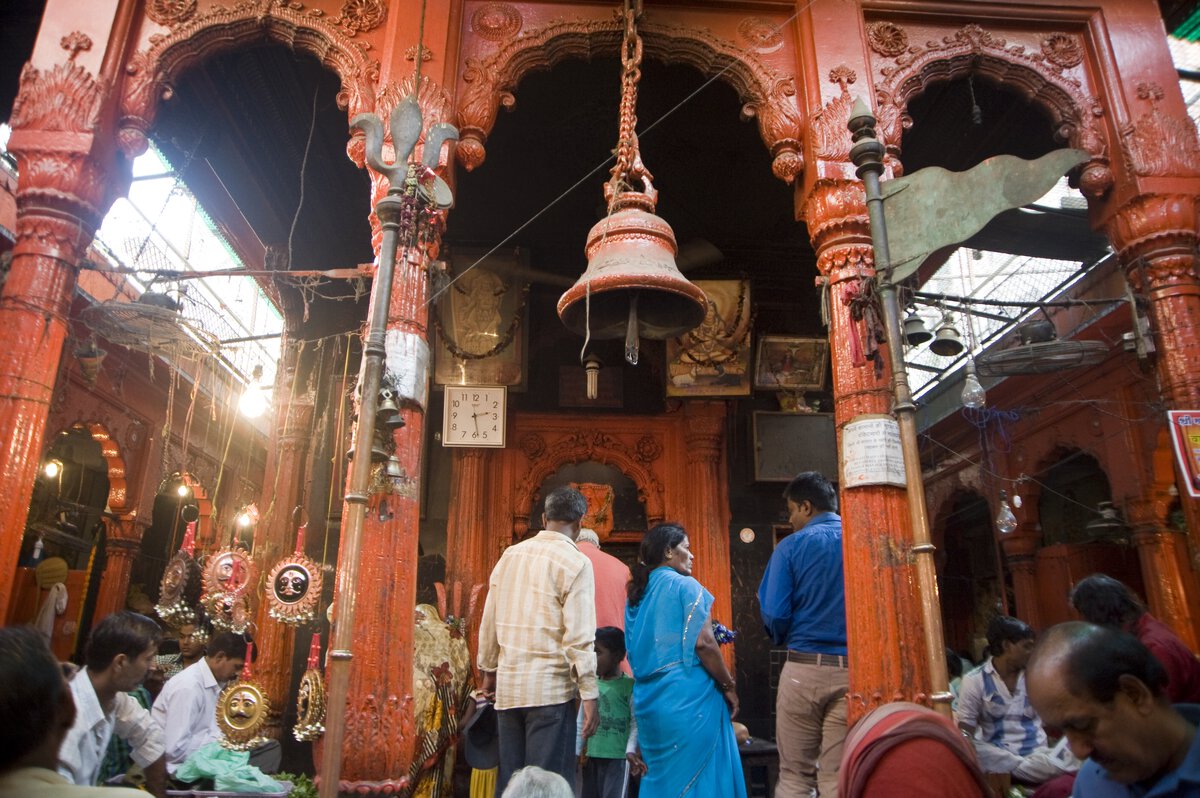
Kal Bhairav Mandir is one of the most famous temples in Varanasi, and it is dedicated to Kal Bhairav, the fierce and protective form of Lord Shiva. Known as the "Kotwal of Kashi" or the "Guardian of Varanasi," Kal Bhairav is believed to safeguard the city and its residents. This powerful deity is revered as a protector, and it is said that without his permission, one cannot stay in Varanasi. The temple’s energy and atmosphere reflect the intense and protective nature of Kal Bhairav, attracting devotees seeking protection and blessings.
This mandir in Varanasi, India, holds a unique place in the hearts of devotees, embodying the protective and fierce energy of Kal Bhairav, making it a must-visit for those exploring the spiritual heritage of this sacred city.
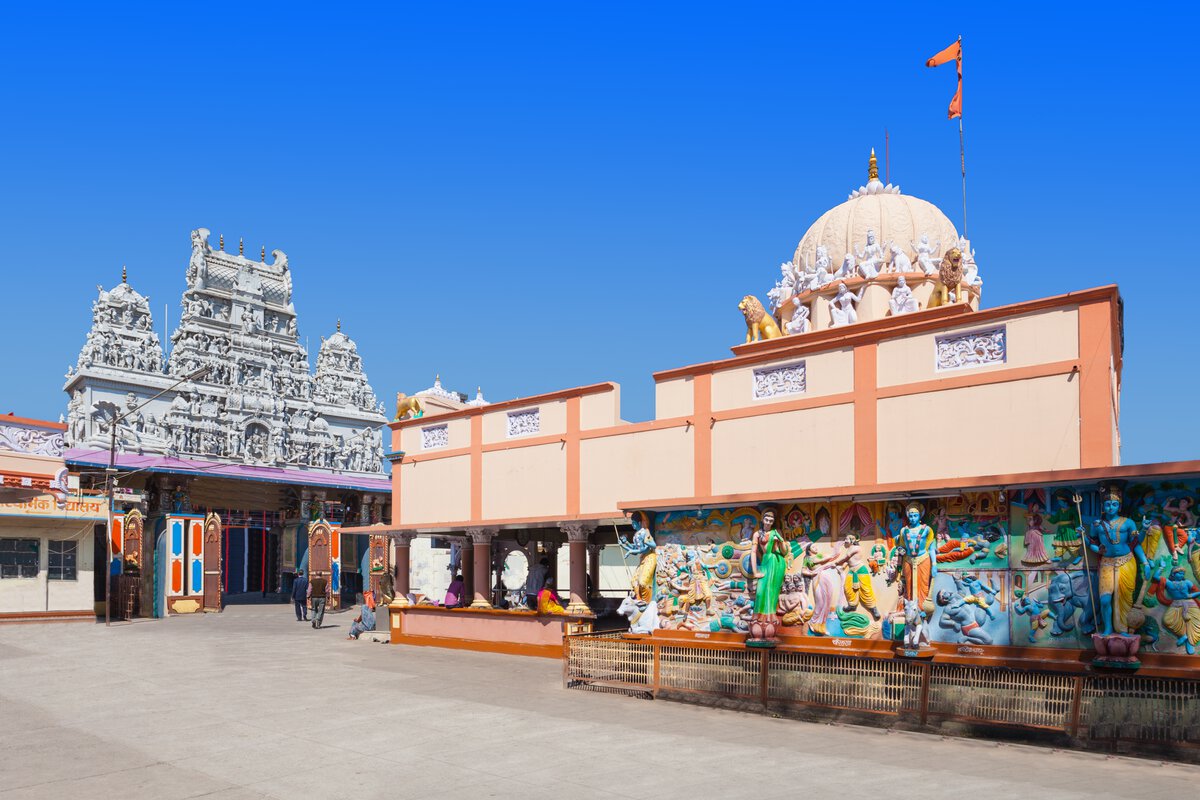
Annapurna Devi Mandir is one of the most revered temples in Varanasi, dedicated to Goddess Annapurna, the Hindu goddess of food and nourishment. Located near the famous Kashi Vishwanath Temple, this temple is a popular stop for devotees who seek blessings for abundance, prosperity, and fulfilment. Annapurna Devi, regarded as an incarnation of Goddess Parvati, embodies compassion and the universal sustenance that supports all life. Known for its peaceful ambiance and divine energy, the temple is a place where visitors offer gratitude for life’s sustenance.
Kedareshwar Temple, one of the renowned temples in Varanasi, is dedicated to Lord Shiva and is situated along the banks of the holy River Ganges in the Kedar Ghat area. Often considered the "Kedarnath of the East," this temple is beloved by locals and pilgrims alike for its serene atmosphere and divine presence. The temple’s location by the river enhances its spiritual significance, and it attracts those who seek blessings for health, prosperity, and spiritual growth.
This famous temple in Varanasi offers a blend of Himalayan reverence and the city’s unique spiritual energy, making it a must-visit for devotees and those seeking to experience the depth of Varanasi’s religious heritage.
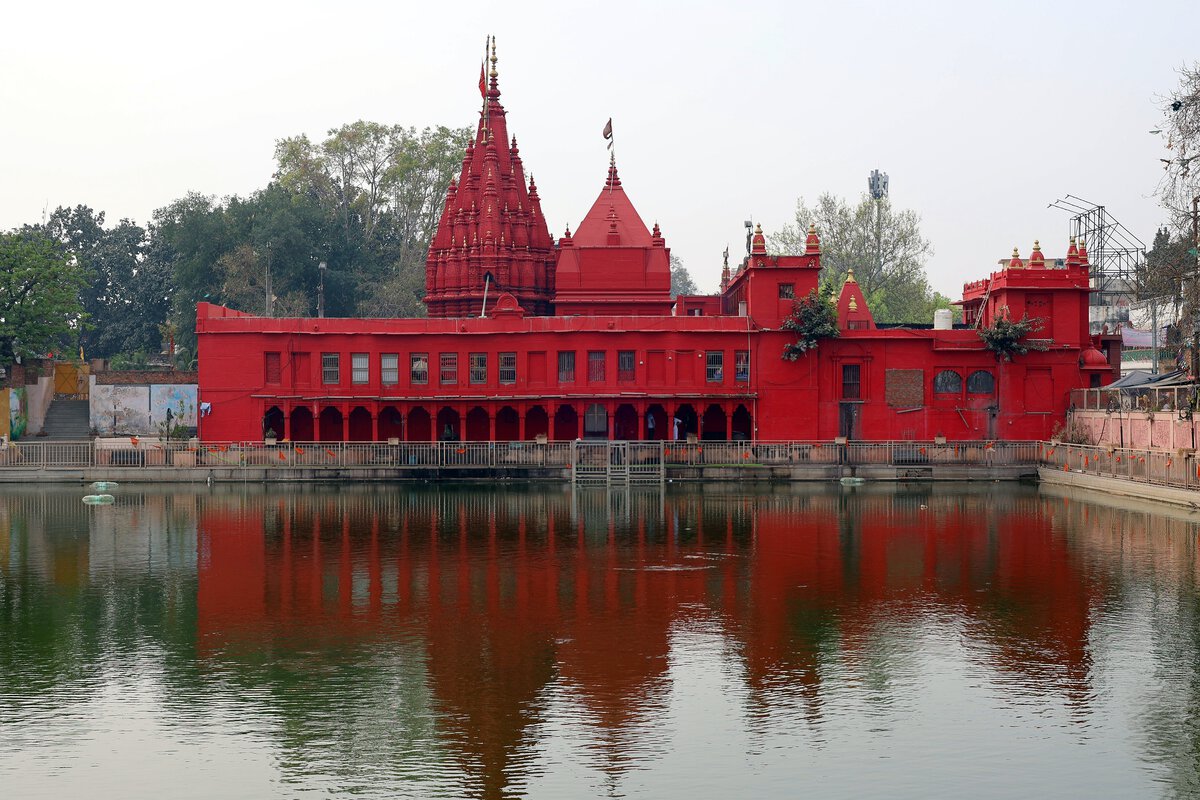
Durga Kund Mandir is a prominent and famous temple in Varanasi, dedicated to Goddess Durga, the fierce and protective Mother Goddess. Located near the Durga Kund, or pond, which lends the temple its name, this vibrant red structure is a captivating sight and attracts thousands of devotees, especially during Navratri. Known for its peaceful yet powerful atmosphere, the Durga Kund Mandir is a spiritual haven for those seeking strength, protection, and blessings from the goddess who vanquishes all evil.
This Banaras temple, with its rich history and powerful deity, is a must-visit for devotees and travellers who wish to experience the enduring strength of the divine feminine in Varanasi.
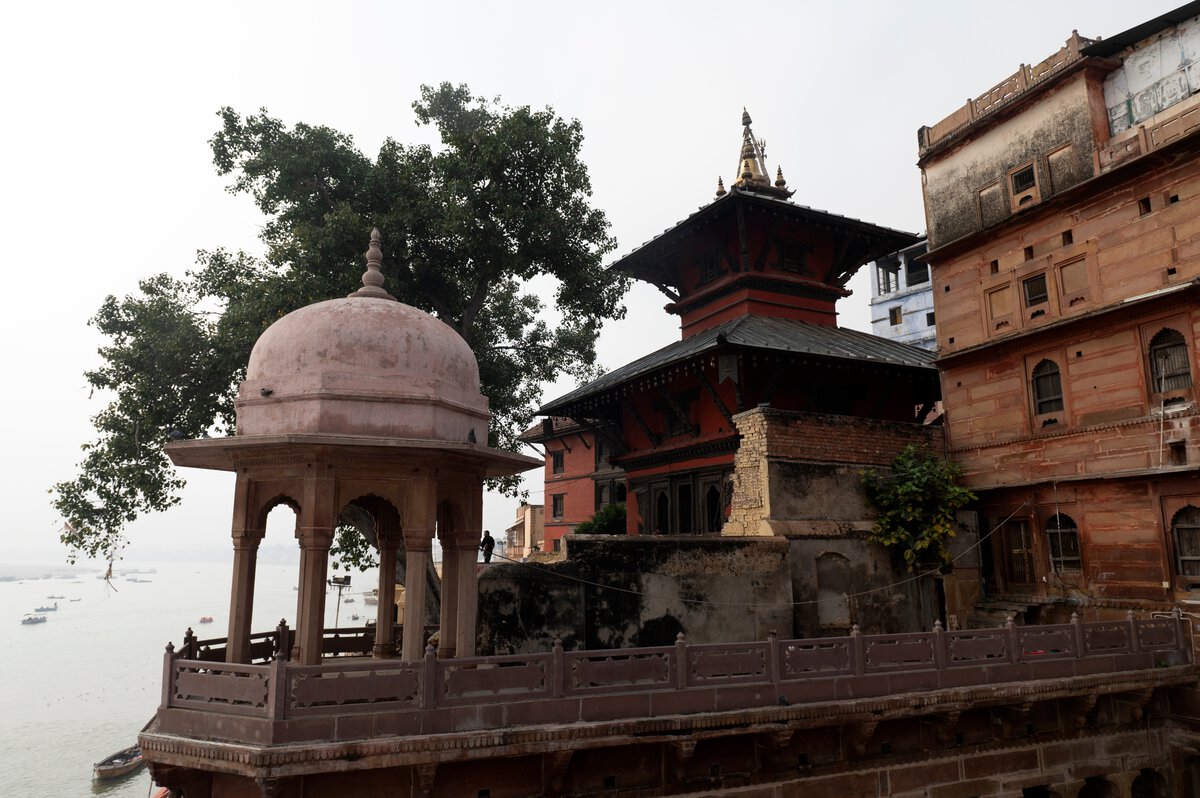
Kanthwala Temple, more commonly known as the Nepali Temple, is a distinctive temple in Varanasi, celebrated for its exquisite wooden architecture and serene location near Lalita Ghat along the Ganges. Built in the traditional Pagoda style, this temple is a beautiful reflection of Nepalese craftsmanship and devotion. Often called the “Mini-Kathmandu” in Banaras, the Nepali Temple attracts visitors for its artistic design and tranquil atmosphere, offering a unique spiritual experience that combines the essence of both Nepal and Varanasi.
This famous temple in Banaras is not only a place of worship but also an architectural marvel, drawing visitors who appreciate both its spiritual significance and its extraordinary design.
Varanasi’s temples embody the city’s ancient spiritual heritage and cultural richness. Each mandir in Varanasi offers a unique glimpse into India's devotion, with intricate architecture and timeless rituals that draw visitors seeking peace, blessings, and divine connection. These famous temples in Varanasi, from grand shrines to hidden sanctuaries, create a sacred journey through Banaras, reflecting its essence as a place where tradition, spirituality, and devotion come alive. A visit to these revered sites is truly a journey into the heart of India's spiritual legacy.
Frequently Asked Questions:
The ideal time to visit Varanasi is from October to March when the weather is cool and comfortable.
Agra is approximately 625 kilometres (388 miles) from Varanasi by road. The journey typically takes around 10-12 hours by car or bus. By train, the travel time is roughly 9-11 hours, depending on the service, and flights are also available, taking about 1 hour for a direct journey.
Yes, Club Mahindra has a resort in Uttar Pradesh—the Saura Hotel in Agra. Located near the Taj Mahal, this resort in Agra combines modern comforts with Agra’s rich heritage, offering spacious rooms, dining options, a pool, and a spa.
Not only this but with a Club Mahindra membership, you also gain access to 140+ Club Mahindra resorts worldwide, which provide diverse travel experiences and high-quality hospitality wherever you go. Members value the carefully crafted experiences and exceptional hospitality, reflected in many positive member reviews. Whether you're discovering Agra's historic sites or unwinding at a beach destination, a Club Mahindra membership promises a seamless and memorable travel experience every time.
Mahindra Holidays & Resorts India Ltd. (MHRIL), a part of Leisure and Hospitality sector of the Mahindra Group, offers quality family holidays primarily through vacation ownership memberships and brings to the industry values such as reliability, trust and customer satisfaction. Started in 1996, the company's flagship brand ‘Club Mahindra’, today has over 300,000 members , who can holiday at 140+ resorts in India and abroad.
We use cookies to personalise content and to provide you with an improved user experience.By Continuing to browse this site you consent to the use of cookies.Please visit our cookie policy for further details.

Welcome to ClubMahindra.com In order to provide a personalised experience for you, we use cookies to enable some website functionality. Cookies help us see which articles most interest you; allow you to easily share articles on social media channels; permit us to deliver content personalised to your interests and locations; along with many other site benefits. For more information, please review our Cookie Policy
When you visit any website, it may store or retrieve information on your browser, mostly in the form of cookies. This information might be about you, your preferences or your device and is mostly used to make the site work as you expect it to. The information does not usually directly identify you, but it can give you a more personalized web experience. Because we respect your right to privacy, you can choose not to allow some types of cookies. Click on the different category headings to find out more and change our default settings. However, blocking some types of cookies may impact your experience of the site and the services we are able to offer.
Because we respect your right to privacy, you can choose not to allow some types of cookies and you have the right to withdraw your consent by send a mail to email id [email protected]
These cookies are essential in order to enable you to move around the site and use its features, such as accessing secure areas of the site. Without these cookies, services you have asked for cannot be provided.
These cookies allow us to employ data analytics so we can measure and improve the performance of our site and provide more relevant content to you. These cookies don't collect information that identifies a visitor down to an individual level that is available to us. These cookies are not passing personally identifiable information to any external third party other than in limited cases when we engage a service provider to act on our behalf but who is then unable to use the data for their own purposes.
Performance cookies are generally third-party cookies from vendors we work with or who work on our behalf that collect information about your visit and use of the Club Mahindra website, for instance which pages you visit the most often, and if you get error messages from web pages. These cookies don't collect information that identifies a visitor. All information these cookies collect is anonymous and is only used to improve your overall experience on how the website works. Third party vendors may have access to this data and may use it to improve their overall services and offerings.
Functionality cookies allow a site to remember choices you make (such as your user name, language or the region you are in) and provide more enhanced, personal features. These cookies cannot track your browsing activity on other websites. They don't gather any information about you that could be used for advertising or remembering where you've been on the Internet outside our site.
Third-party advertising and social media cookies are used to (1) deliver advertisements more relevant to you and your interests; (2) limit the number of times you see an advertisement; (3) help measure the effectiveness of the advertising campaign; and (4) understand people's behaviour after they view an advertisement. They are usually placed on behalf of advertising networks with the site operator's permission. They remember that you have visited a site and quite often they will be linked to site functionality provided by the other organization. This may impact the content and messages you see on other websites you visit. If you do not allow these cookies you may not be able to use or see certain these sharing tools content on our website.